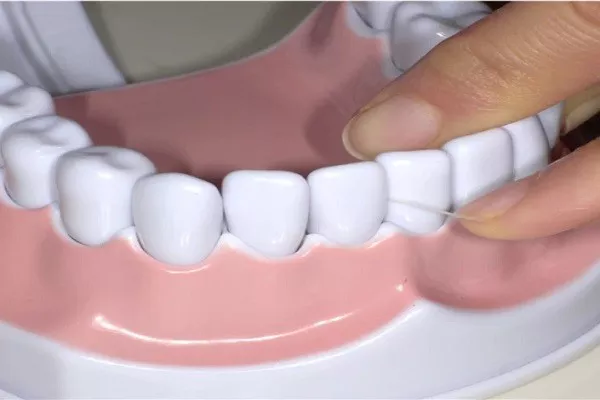A filling is a dental procedure used to repair teeth that have been damaged by decay or trauma. The filling process usually involves the following steps:
The first step is to numb the area: Your dentist will first administer a local anesthetic to numb the area around the tooth that needs a filling. This ensures that the patient will not experience any pain or discomfort during the procedure.
The second step is to remove the decay: Once the area is numb, the dentist will use a drill or laser to remove the decayed or damaged part of the tooth. This process is important to prevent further spread of rot.
The third step is cleaning and preparation: After the cavity has been removed, the dentist will thoroughly clean the area and prepare filling material. This may involve applying a conditioning gel to the tooth surface to help the filling material adhere better.
The fourth step is the application of the filling material: The dentist then applies the filling material in layers, gradually building up the structure of the tooth. The filling material is usually composite resin or amalgam, chosen according to the location and severity of the damage.
The fifth step is curing the filling material: After the filling material is applied, the dentist will use special light to cure or harden the material. This helps ensure that the padding is strong and durable.
The sixth step is trimming and polishing: Finally, the dentist shapes and polishes the filling to match the natural contours of the tooth. This helps ensure a snug fit and a natural look.
After surgery, it is normal to experience some sensitivity or discomfort in the affected tooth for a few days. However, this should subside as the tooth adjusts to the new filling. It is important to maintain good oral hygiene habits, including regular brushing and flossing, to help ensure the longevity of your fillings and prevent further tooth decay or damage.































